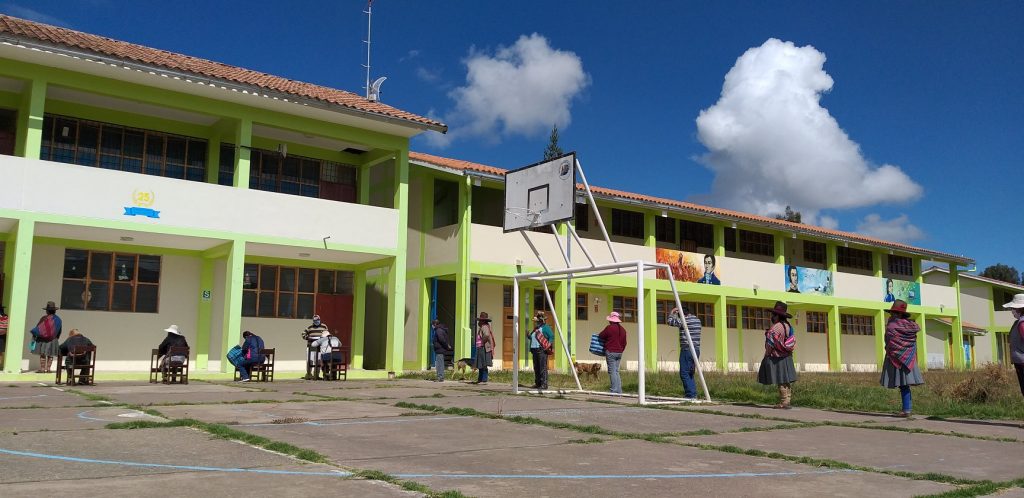
Image Credits to GVI
This summer, ACE interviewed each of our 4 current program’s community partners. We asked each community partner to share a bit more about their organization’s beginnings and the impact of COVID-19 on programming. This week, ACE spoke with #ACEinPeru partner GVI.
1. Tell us a little about GVI and the organization’s impact over the years.
GVI was founded in 1998 and has been active in Cusco since 2018. Tourism in Peru has tripled between 2004 and 2017, growing from 1.4 million tourists to 4 million tourists annually. Many tourists come to the region to see Machu Picchu, easily Peru’s main attraction. On the other hand, Cusco still faces many issues, for instance, the poverty rate is at 25% and the illiteracy rate in young people 15 and over is 12%.
Tourism brought two main challenges to Cusco:
- the stress on Cusco’s natural resources (For example, Piuray Lake supplies 40% of Cusco’s drinking water.)
- the deepening income gap between the indigenous communities and the city
GVI’s work is centered in supporting community development and preserving natural resources in the city and communities nearby Cusco. GVI works along with two main partners: The Nature Conservancy (TNC) and Centro Bartolomé de las Casas (CBC). These organizations help us to contribute the most urgent needs of the indigenous communities within Cusco and the most pressing issues surrounding the natural resources of the Piuray Lake.
Through the support of DukeEngage, ACE and other participants, in 2019 GVI was able to contribute significantly to the development of the local communities through infrastructure projects such as fencing the wetland in Valle Chosica, building a greenhouse to grow local produce, and improving local trails. This was complemented by English lessons and environmental awareness classes so that the local associations can continue to look after the projects. Read more about one of our projects to save and rejuvenate the Piuray-Ccorimarca micro basin.

2. How has GVI and the communities you partner with have been affected this spring by COVID-19? How has this changed the way you’ve been able to operate and continue working?
Due to strict regulations being implemented in Peru, GVI has had to pause its programs in Cusco. GVI is still in contact with our community partners, and we are working on putting programs together to support them virtually.
Thankfully, the internet infrastructure was improved at the beginning of this year, making it easier to connect with these remote indigenous communities. As our understanding of COVID-19 and its impact is developing, so too is our relationship with our community partners adapting.

3. Is there a message you want to share with the group of ACE student-athletes who were supposed to participate this year?
In this article, the GVI staff member shares that with proper planning and community engagement, service projects can have significant and lasting impacts on communities. There has been a lot of emphasis on listening to local communities in the Peru-based projects. The work that the students completed last summer in Peru is a strong example of the impact that can be achieved if we work collaboratively with local communities and really understand the project in a holistic way.
